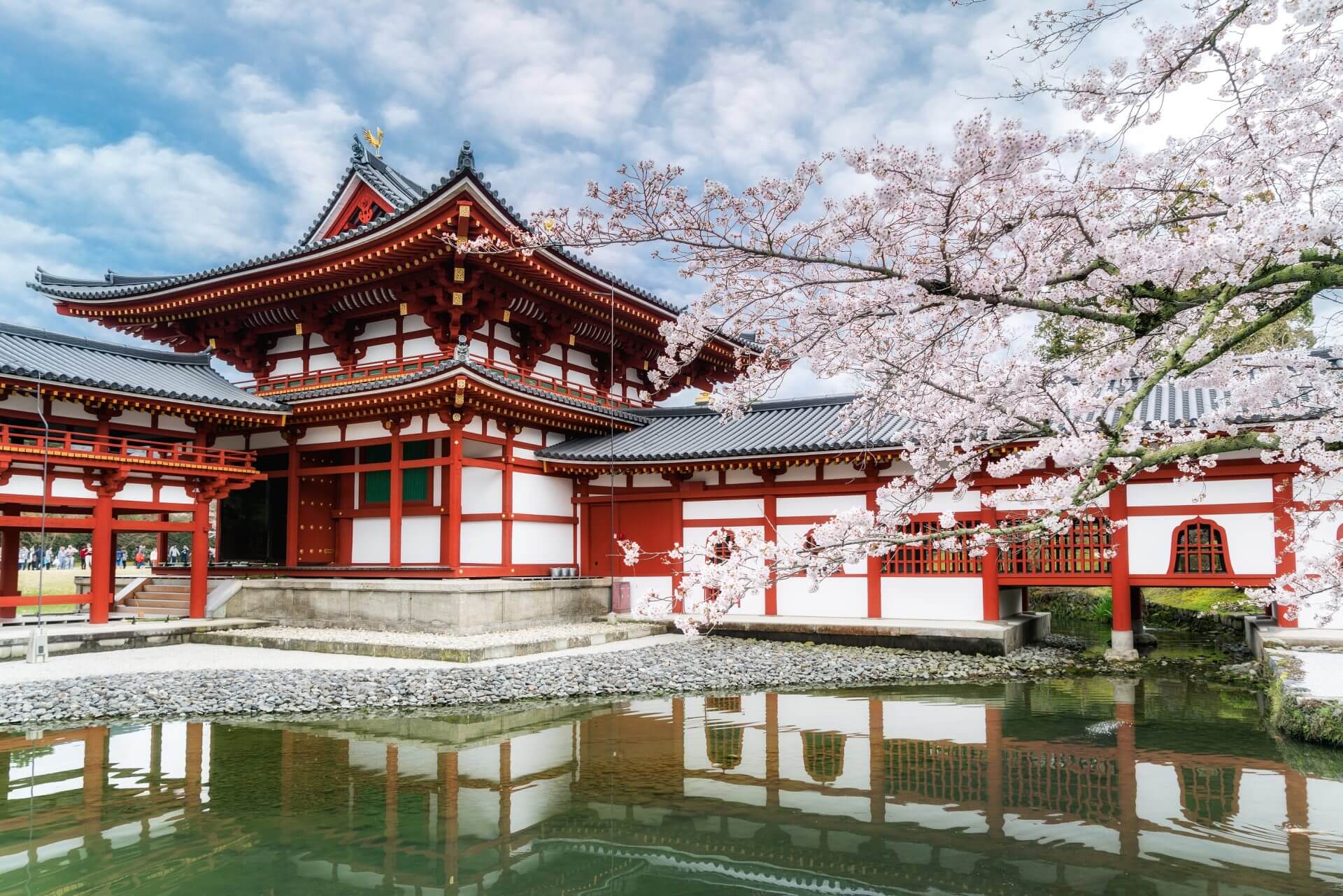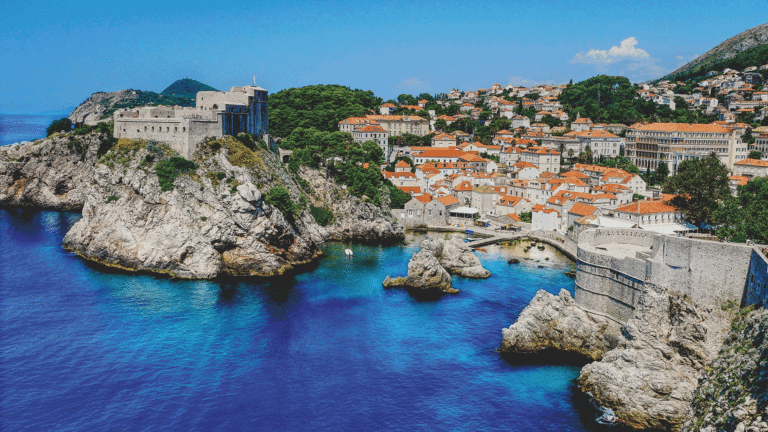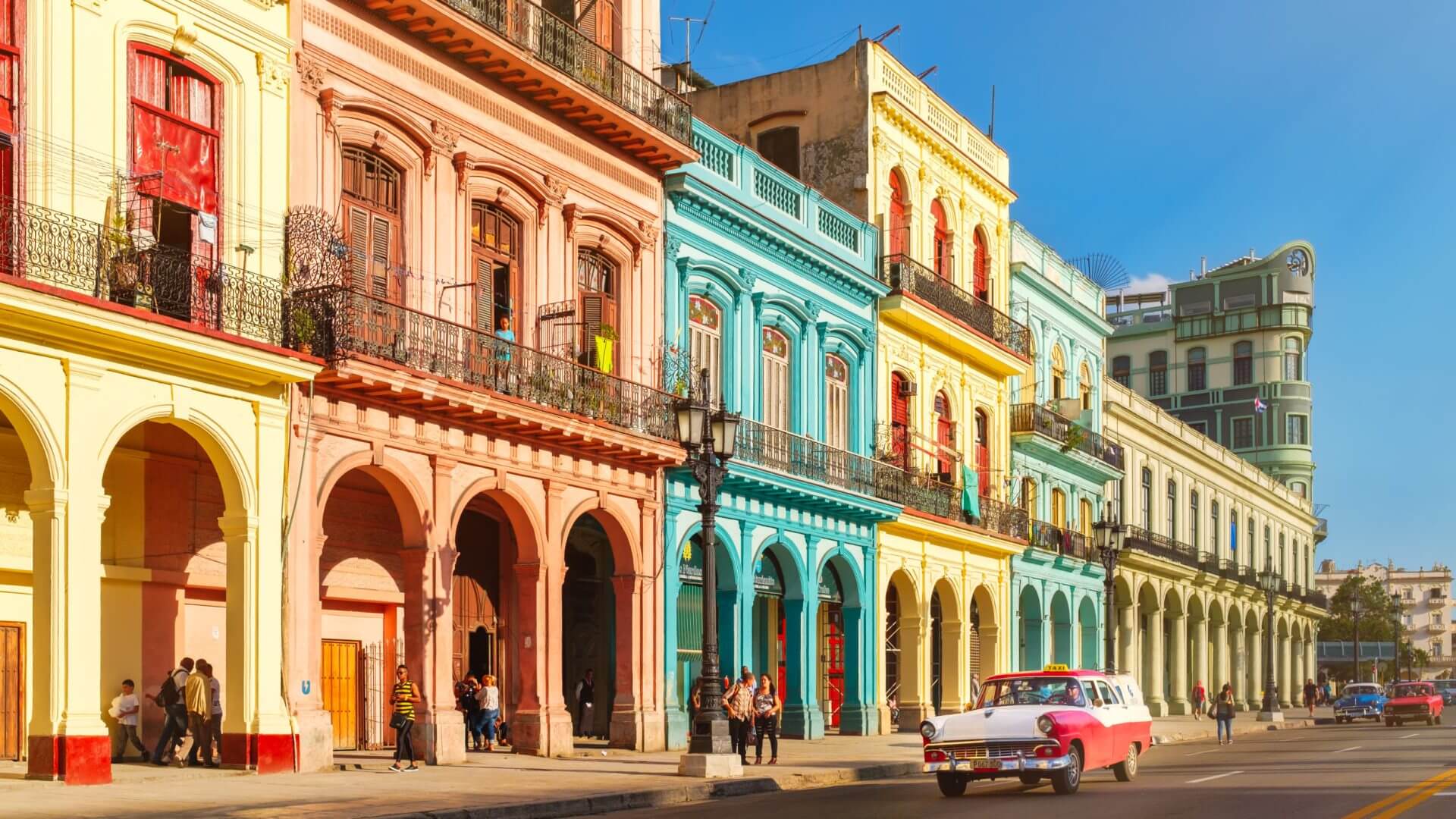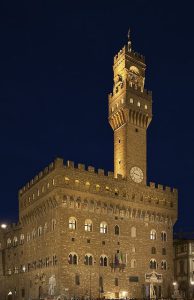For any and every Jewish Italy tour, visitors to this incredible country must make a stop in Jewish Florence. The Jewish Heritage of Florence is as vibrant and inspiring as the rest of this beautiful country, as a hub for arts and culture for centuries.
For seven hundred years, the Jews have lived in Florence. In the 14th century, the Italian Jews from the south began moving to Florence as merchants and money lenders. They enjoyed a certain amount of protection under the influential Medici family from vitriolic Catholic sermons. The Medicis erected an archway in the city with an inscription that spoke of their protection – and decreed that the Jews be left alone in their Ghetto. By the 18th century, over a thousand Jews lived in the ghetto.
Where there are Jews, there are synagogues- and the Great Synagogue of Florence was built out of the donations made by David Levi, a wealthy merchant from the community. By then the Jews had become citizens of the Italian kingdom and the ghetto was demolished. Built of alternating travertine and granite masonry, the Synagogue is in a cruciform pattern like Hagia Sophia, and the corner towers have onion domes reminiscent of the Moorish revival style. The natural copper roof, oxidized to green stood out in the Florentine skyline. Inside, Moorish mosaics and frescoes added to the beauty of the synagogue.
However, it is not beauty that makes the synagogue historical. It is the ravages it has been through that make the synagogue stand out in Florence. During the Holocaust, Germans used the synagogue as a vehicle garage, and later, teamed up with Italian Fascists to plant explosives in the building. Several of his treasures were confiscated, although most were recovered later and put back during restoration work. Then, the terrible flood of the river Arno damaged the synagogue’s furniture, frescoes, the historical library and 90 Torah scrolls. Today, the synagogue stands majestically in Florence, completely restored and held in deep reverence.
Another very significant site to the Jewish history of Florence is the city’s Jewish museum. It holds the rich history of the Jewish community in Florence, chronicling the coming of the Jews in 1437 and tracing the community’s steps down to the present day. Artifacts, including ritual objects, silver ornaments and embroidery from the 16th century are displayed inside the museum, which was erected in 2007 as testament to the great community that was to live in “union with Christians but not turned out.”
The Old Jewish Cemetery is where the lives of those Florentine Jews are best learned about. Vera Bolaffio, 18, was the last to be have been buried there, dead after a German grenade stopped her from fetching water. The cemetery now stands in ruins, the €130,000 given by private donors barely enough to restore it. Some headstones have bullet holes, thanks to the Nazi irreverence for the dead, and some have the Hebrew script upside down, because the Christians who helped rebuild the cemetery after WWII, couldn’t read Hebrew. The cemetery, dating from 1777 and closed to 1880 after a bigger site opened in Rifredi on via Delle Caciolle and briefly opened again in the 1940s because the new cemetery was unsafe and easy to bomb.
There is also the Freehold Burial Ground at the end of Florence Palace, on land donated by T.R. Kemp for use as a cemetery. Graves here are from the 19th and 20th centuries, and headstones, although covered in moss and dense grass, speak of the Jewish people who had impacted the city in their own ways – through successful careers and as much-loved citizens.
A Jewish Heritage tour of Florence is best done with a guide who is well-read about the history of Jews in the city. Often, they have maps of Jewish Florence, and can tell you previously-unheard of information about the legacy of the early Jewish settlers in the city.

